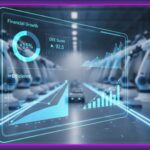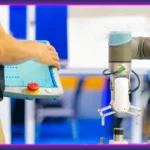How Generative AI, Robotics, and Digital Twins Are Creating the Self-Correcting Factory
Introduction
For years, the promise of Industry 4.0 has been about data. We connected machines, gathered metrics, and built dashboards. But data alone is not the endgame. The true revolution begins when the factory itself can use that data to learn, predict, and act autonomously. We are now entering the era of Autonomous Operations – a paradigm shift fueled by the convergence of three powerful forces: Generative AI, advanced robotics, and real-time Digital Twins.
This isn’t about replacing human oversight; it’s about augmenting it with a system that can manage complexity at a scale humans cannot. It’s about creating a factory that doesn’t just follow a plan but can correct its own course in real time.
Pillar 1: Generative AI – The New Industrial Strategist
The conversation around AI in manufacturing is no longer limited to predictive analytics. The arrival of Large Language Models (LLMs) and Generative AI is creating a new class of “co-pilots” for engineers, planners, and operators.
Imagine an AI that can:
- Redesign a production line: An engineer provides a prompt like, “Design a layout for our new product line that minimizes material transport distance by 20% and accommodates three AMRs.” The AI, integrated with a Digital Twin, generates several optimized 3D layouts, complete with simulated performance metrics.
- Write PLC code: An operator identifies a recurring micro-stoppage. Instead of waiting for a specialist, they describe the problem to an AI assistant, which generates and verifies the necessary code adjustments to resolve the issue.
- Analyze root causes: When a quality defect occurs, the AI instantly analyzes terabytes of historical data from MES, QMS, and sensor logs to identify the most probable root cause and recommend corrective actions, moving beyond simple correlation to causal analysis.
This technology transforms AI from a passive analytical tool into an active creative partner, dramatically accelerating innovation cycles.
Pillar 2: Advanced Robotics & AMRs – The Autonomous Workforce
The evolution of robotics is moving from caged, repetitive arms to intelligent, adaptable Autonomous Mobile Robots (AMRs). These devices are the hands and feet of the autonomous factory, executing the strategies devised by the AI.
The key shift is from programming to orchestration. Instead of being coded for a single task, a fleet of AMRs receives high-level objectives from a central system like IRIS77.
For example:
- Dynamic Material Flow: The system detects a production line is running low on a specific component. It doesn’t just send a request; it dispatches the nearest available AMR with the optimal route, navigating around temporary obstacles and other robots without human intervention.
- Collaborative Tasks: An AMR can work alongside a human, bringing them the necessary tools or parts for a complex assembly task, effectively acting as a dynamic, intelligent assistant that anticipates the worker’s needs.
This level of autonomy in logistics and material handling eliminates a major source of production bottlenecks and allows human workers to focus on higher-value, more complex tasks.
Pillar 3: The Digital Twin – The Risk-Free Proving Ground
The Digital Twin is the bridge that connects the strategic intelligence of AI with the physical execution of robotics. It is a real-time, dynamic virtual replica of the entire factory, serving as the ultimate sandbox for optimization and decision-making.
Before any changes are deployed in the real world, they are tested in the Digital Twin:
- AI-generated layouts are simulated to verify throughput, identify potential bottlenecks, and calculate ROI.
- New AMR routes and fleet management strategies are tested under thousands of different scenarios to ensure efficiency and safety.
- The impact of a potential machine failure can be simulated, allowing the system to proactively develop contingency plans and reroute production to minimize disruption.
- The Digital Twin removes the financial and operational risks associated with change, empowering companies to innovate at a pace that was previously unimaginable.
FAQ:
A: A self-correcting factory is an operation that uses technologies like AI and Digital Twins to not only identify deviations from its production plan but to autonomously create and implement a new, optimized plan in real time.
A: While traditional AI focuses on predictive analytics (what might happen), Generative AI is an active, creative partner. It can generate new solutions, such as optimized production layouts or PLC code, based on simple text prompts.
A: The Digital Twin acts as a risk-free virtual proving ground. It allows the factory to simulate and verify AI-generated strategies, new robotic fleet movements, or the impact of potential failures before implementing them in the physical world.
Conclusion: The Self-Correcting Factory is Here
The convergence of these three pillars – Generative AI as the strategist, advanced robotics as the workforce, and the Digital Twin as the proving ground – is creating a new reality: the self-correcting factory. This is an operation that not only identifies deviations from the plan but can autonomously create and implement a new, optimized plan in real time. It’s the ultimate expression of industrial intelligence, and it’s happening now.
Read also:
- DBR77 Signs Strategic MoU with Saudi Ministry of Industry to Support “Future Factory” Program and Vision 2030Riyadh / Berlin / Warsaw / Charlotte – December 2025. It is a defining moment for our global expansion. DBR77 has officially signed a strategic Memorandum of Understanding (MoU) with the Ministry of Industry and… Read more: DBR77 Signs Strategic MoU with Saudi Ministry of Industry to Support “Future Factory” Program and Vision 2030
- IEX 2025 Recap: DBR77’s Historic Charlotte Launch Ignites “From Lean to AI” ConversationThursday, October 16th, 2025, marked a historic milestone for DBR77. Inside a packed PORTAL Atrium at UNC Charlotte, the inaugural IEX: Innovation Exchange officially kicked off. Under the theme “From Lean to AI: The Next… Read more: IEX 2025 Recap: DBR77’s Historic Charlotte Launch Ignites “From Lean to AI” Conversation
- More than a Pin on the Map: Why DBR77 chose North Carolina as Our Gateway to American ManufacturingThis week, our leaders laid out a bold vision. Torian Richardson spoke of building a true Makers Network, and our CEO, Piotr Wiśniewski, Ph.D., explained the global strategy behind our American launch. But one question… Read more: More than a Pin on the Map: Why DBR77 chose North Carolina as Our Gateway to American Manufacturing
- From Data to Dividends: How to Measure and Maximize ROI from IoT in ManufacturingThe return on investment (ROI) from the Industrial Internet of Things (IoT) is about translating collected data into measurable savings and increased efficiency. The key is to focus on three areas: reducing maintenance costs, optimizing… Read more: From Data to Dividends: How to Measure and Maximize ROI from IoT in Manufacturing
- Industry 5.0 is about people. What role do cobots play in it?
The role of collaborative robots in Industry 5.0
Cobots in Industry 5.0 are partners for humans, not their replacements. Their key role is to augment human capabilities, take over monotonous and non-ergonomic tasks, and create a flexible, safe production environment where humans and machines work together effectively.





